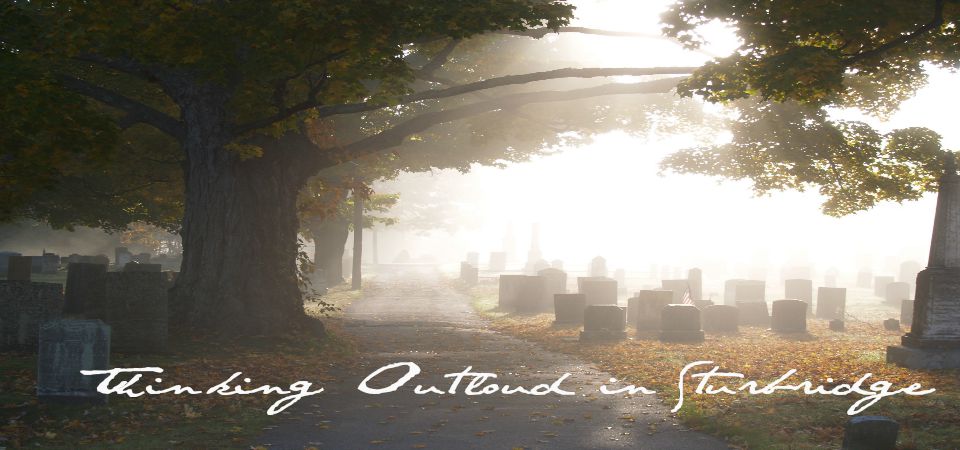- These rules apply from July 5, 2010 until further notice.
- Non-essential outside water use is not allowed, except that sprinklers may be used for lawn watering outside of the hours of 9 AM to 5 PM one (1) day a week. Non-essential water use is defined as water use that is not required: A. for health or safety reasons, B. by regulation, C. for production of food and fiber, D. for the maintenance of livestock, or E. to meet core functions of a business. Examples of non-essential use are irrigation of lawns, washing of exterior buildings surfaces, parking lots, driveways or sidewalks unless it is to apply paint, preservatives, stucco, pavement or cement. Acceptable outside examples are irrigation to establish a new lawn during the months of May and September, irrigation for production of food and fiber or the maintenance of livestock, irrigation by plant nurseries as necessary to maintain stock. The irrigation of public parks and recreational fields shall follow the same restrictions.
Violators will be subject to the following:

Does this watering ban apply to everyone, or just people who are on town water?
ReplyDeleteThe water ban is only for those that use town water. If you have well water it is entirely up to you on how you conserve.
ReplyDelete